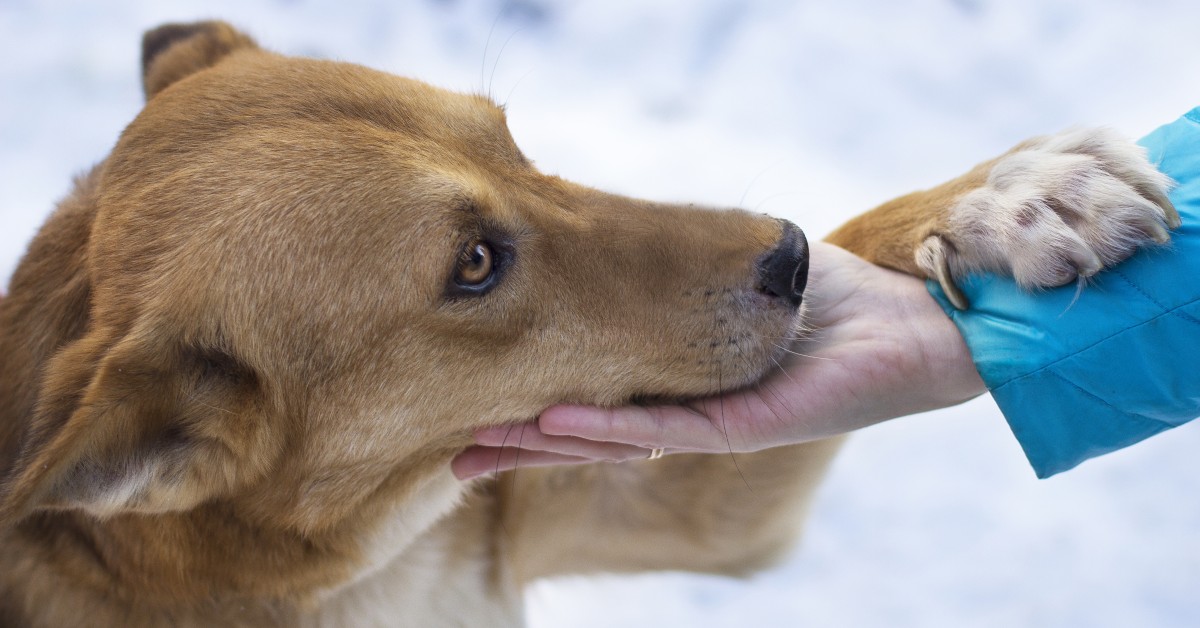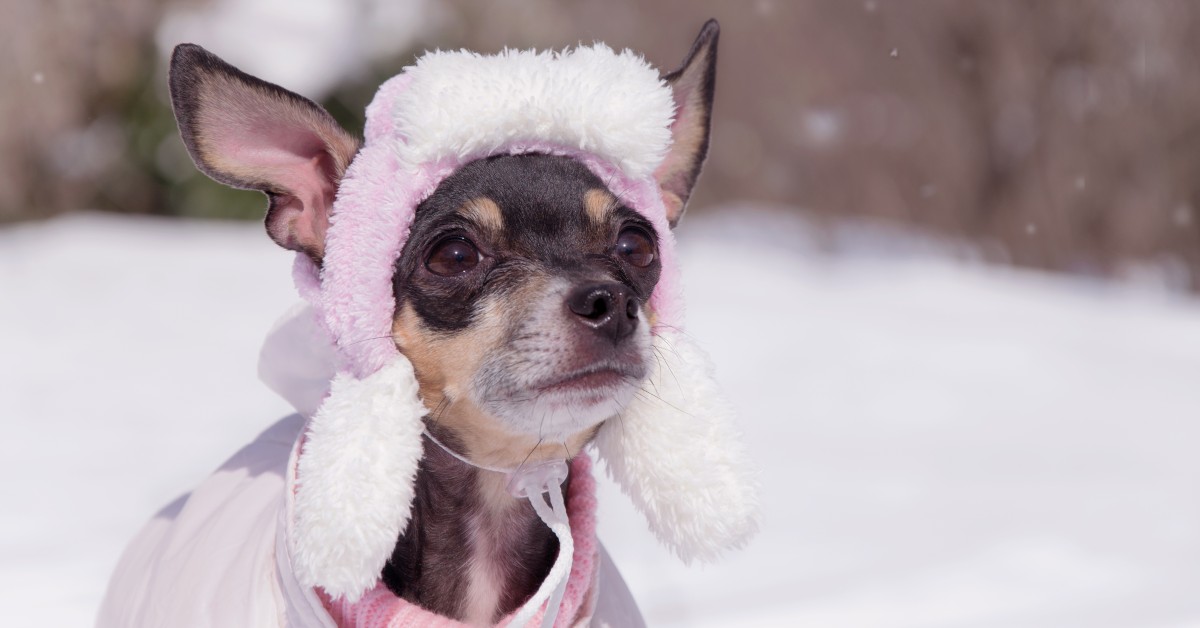Winter Allergies in Pets: Symptoms and Solutions
Pets may experience seasonal allergies in the winter, resulting in disruptive symptoms like coughing, sneezing, and itching.

While seasonal allergies are most common during the spring, March through May, pet allergy symptoms can actually develop year-round. In fact, allergies tend to get worse in the winter when it’s cold, the house is closed up and there is less fresh air entering the home.
Winter allergies in pets can develop for a wide range of reasons. Unlike in warmer seasons where pollen in plants is a common trigger, winter allergies are most commonly caused by allergens inside the home, such as mold and dust mites. Heating systems can further circulate allergens throughout the home, increasing your pet’s exposure.
Although it’s not always possible to eliminate allergens during the winter, there are things you can do to diminish your pet’s discomfort. Familiarize yourself with pet allergy symptoms to help your pet on its journey toward a healthier, allergy-free way of living.
Common Winter Allergy Symptoms in Pets
Like their human companions, pets can develop seasonal allergies that can be uncomfortable and progress over time. In humans, seasonal allergies often involve a runny nose, scratchy throat, or other respiratory symptoms. Pets with winter allergies can develop many of the same symptoms, although it can be difficult to identify them by sight and sound alone.
Some common winter allergy symptoms to look for include:
1. Skin Issues
Some of the most commonly seen symptoms in pets with winter allergies are related to the skin. Your pet may exhibit symptoms like frequent scratching, especially in specific areas that tend to get particularly itchy like the face, ears, paws, armpits, groin, and rump.
You may also find your pet constantly chewing and licking their skin to help get relief from itching. In some instances, scratching at the skin can cause hot spots to develop, which may require a gentle antiseptic to clean the area and an over-the-counter antihistamine to relieve itchiness.
2. Ear Problems
Many pets with winter allergies develop ear problems, often caused by dust, pollen, or seeds entering the ears and causing irritation. Your pet’s ears may appear red and waxy, and they may shake their head repeatedly in an attempt to make the discomfort go away.
Ear infections in pets are often accompanied by an abnormal odor. This smell emitting from the ears is often a clear indication that there is an infection that requires treatment, typically antibiotics prescribed by a veterinarian.
3. Respiratory Problems
It’s not unusual for pets to develop respiratory symptoms when they have winter allergies. These respiratory symptoms can range from coughing and wheezing to nasal discharge and labored breathing. If not treated, the animal could develop difficulty breathing, which requires immediate veterinary attention.
When checking your pet’s respiratory symptoms, also look at the eye area. Pets with winter allergies will often have watery eyes and possibly discharge if an infection has developed. The eyes may also be itchy, causing your pet to try to scratch at their face.
4. Excessive Shedding
Most pets shed year-round, with the most shedding occurring during the transition from fall to winter as animals tend to develop a thicker coat to stay warm. This is considered a natural seasonal shedding cycle that is most noticeable in spring and fall. If your pet is shedding a lot during the winter or the shedding is excessive, allergies could be at play.
Winter allergies are a common cause of excessive shedding in pets, as an allergic reaction can irritate the skin, resulting in increased dandruff and hair loss. You may notice that your pet has bald spots in certain areas. Hair loss in animals is known as alopecia and can range from mild to severe.
5. Boot Scooting
If your pet is suffering from winter allergies, they may perform an action known as “boot scooting.” When boot scooting, a dog or cat may drag their rear on the ground, often in an attempt to get relief from an itchy rump. Allergic reactions can lead to itchiness around the anus, prompting them to scoot to relieve the irritation.
Anal gland issues can also cause pets to boot scoot. Allergies can exacerbate existing anal gland issues, as the inflammation associated with winter allergies can prevent the glands from naturally expressing themselves. This can lead to discomfort for the pet and prompt them to scoot.
How Winter Allergies are Managed in Pets
Winter allergies in pets can be treated with a variety of treatment options, such as antihistamines, allergen immunotherapy, corticosteroids, topical treatments, and medicated shampoos.
Avoiding allergens is recommended whenever possible. This means removing your pet from the area whenever dusting or vacuuming to limit exposure to allergens. It can also be beneficial to use an air filtration system indoors to minimize allergens in the house and keep your home comfortable for your pets.
Keeping Winter Allergies at Bay During the Cold Season
The winter season can prove problematic when it comes to pets and allergies. While allergens may change from previous seasons, animals can still develop many of the same uncomfortable symptoms. If your cat or dog has been exhibiting winter allergy symptoms, it’s important to contact your vet for guidance. Your vet can help diagnose the specific allergens causing the reaction and recommend appropriate treatment options.
Ready to start saving money on pet wellness care?
Then take a look at Mint Wellness, the pet wellness plan that provides fast reimbursement on routine pet care. Save on vaccinations, wellness exams, preventatives, dental, and more!
Learn More


